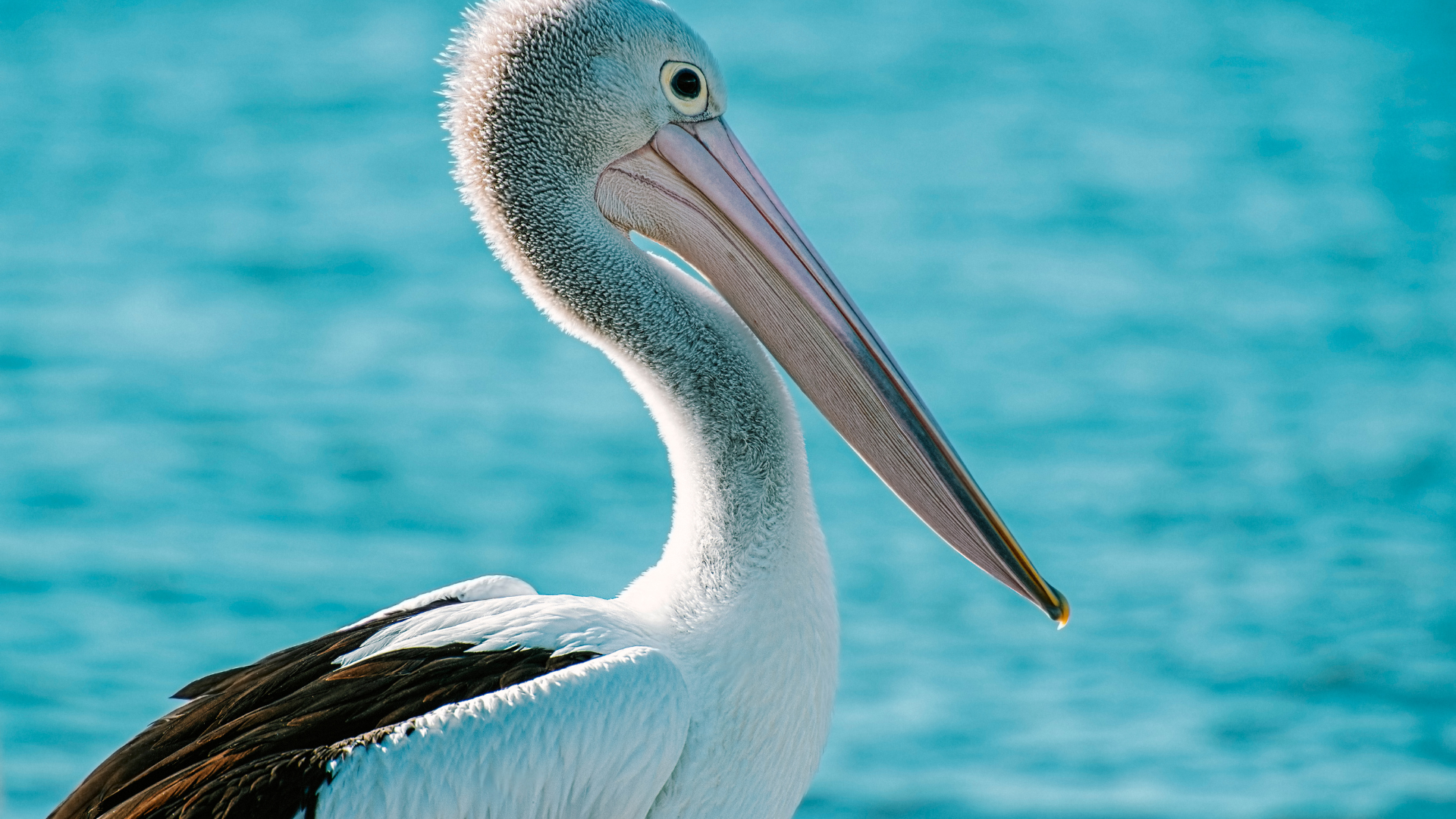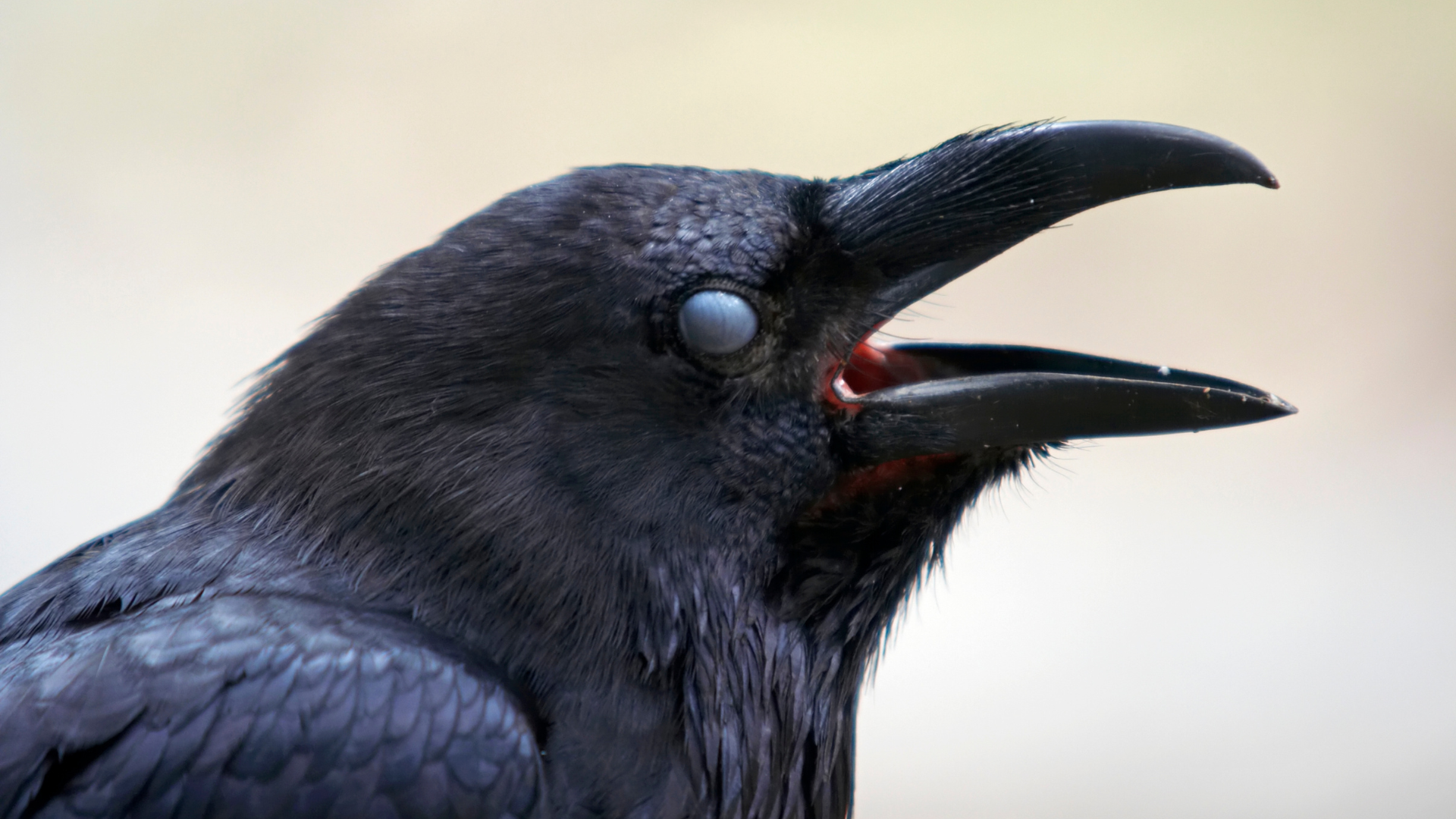Common Name: Pacific Gull
Scientific Name: Larus pacificus
The Pacific Gull is easy to spot along Australia’s coastlines. Its large size and bold colours make it hard to miss, with a range stretching from Carnarvon to Sydney. It’s less common in the south-east, where it faces competition from the kelp gull. The Pacific Gull’s sturdy build and strong bill give it a distinct presence in its coastal environment. Observing this bird offers a rewarding experience for those who enjoy coastal wildlife.
Description
Pacific gulls measure between 58 and 66 cm (23 to 26 in) in length, with wingspans ranging from 137 to 157 cm (54 to 62 in). Their weight varies from 900 to 1,180 g (1.98 to 2.60 lb). These birds boast mostly white plumage, accented by dark wings and a dark back. Their thick yellow bill, tipped with red, gives them a bold appearance.
One of their key adaptations is their salt glands, which allow them to expel excess salt from their diet. This feature is vital for thriving in coastal habitats. Juvenile Pacific gulls start out mottled brown and gradually adopt their adult plumage as they grow. By their fourth year, they closely resemble adults and blend in with the mature population.
Habitat
Pacific gulls live along Australia’s coasts, from Carnarvon in the west to Sydney in the east. They prefer sheltered beaches and offshore islands, where food is easy to find, and nesting areas are safe. On open shores, they hunt and scavenge from other seabirds. Their presence remains close to coastal areas because of the abundant food and ideal nesting sites. People who visit or live near the coast often encounter these gulls, making them a familiar part of the shoreline.
Diet
Pacific gulls have a varied palate, with fish and crustaceans making up much of their diet. They go after crabs like Ovalipes australiensis and Paragrapsus gaimardii, as well as sand flatheads (Platycephalus bassensis) and cephalopods. These birds are clever foragers, often seen picking through scraps at wharves and rubbish tips, or snatching food from other seabirds. A striking behaviour is their habit of dropping shellfish or sea urchins from the air to crack them open on rocks below. It’s an effective, if risky, way to get to the good stuff. Their diet can also include insects, eggs, and sometimes other seabirds when opportunities arise.
Behaviour
Pacific gulls nest in pairs or loose colonies on offshore islands. They craft their nests from grasses and sticks, forming a secure space for their eggs. During the breeding season, the gulls lay two or three mottled brown eggs, which blend seamlessly with their surroundings.
On the shore, Pacific gulls are often seen alone or in pairs, maintaining a constant watchfulness as they scan the water's edge. Their vocalizations are varied, a typical trait of gulls, facilitating communication with each other.
These gulls display a mix of solitary and social behaviour depending on the situation. They vigilantly oversee their territory, whether diving for food or monitoring other birds.
Conservation Status
The Pacific Gull remains moderately common along Australia's coast, though its presence is dwindling in some southeastern areas. The kelp gull, which began expanding its range in the 1940s, poses a significant threat by encroaching on the Pacific Gull's habitat. This competition has led to a decline in the Pacific Gull's numbers in specific regions.
Although the Pacific Gull is not classified as endangered, localised population declines are a growing concern. Without effective management and conservation efforts, these large gulls might face increased challenges, especially in areas with intense competition.
Fun Facts
The Pacific Gull’s high-altitude shell-dropping is a notable feeding strategy. They drop shellfish from great heights to crack them open, showing impressive problem-solving skills.
Juvenile Pacific Gulls sport mottled-brown feathers that gradually change to the adult plumage over several years. This slow transition makes it tricky to spot young birds among adults.
Similar Species
The Pacific Gull is much larger, with a wingspan reaching up to 157 cm, while the Kelp Gull is significantly smaller. Additionally, their habitats differ. The Pacific Gull prefers more isolated coastal environments, while the Kelp Gull is often found in more urban areas.
The Silver Gull, another common comparison, is much smaller than both. It’s more widespread and lacks the bold coloration of the Pacific Gull.




